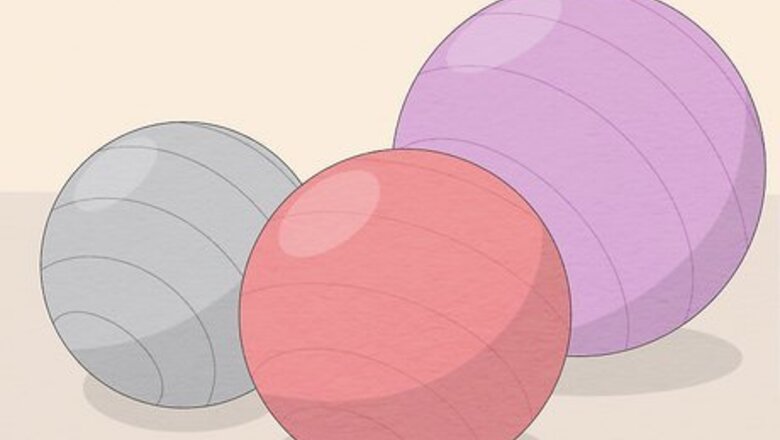
views
X
Trustworthy Source
Harvard Medical School
Harvard Medical School's Educational Site for the Public
Go to source
Instead of lying flat on the floor, exercise ball sit-ups are done entirely on an exercise ball, and focus specifically on your abs.[2]
X
Research source
Not to worry—we’re here to walk you through this new exercise, so you can decide if it’s a good match for you and your fitness needs.
Basic Sit-Ups
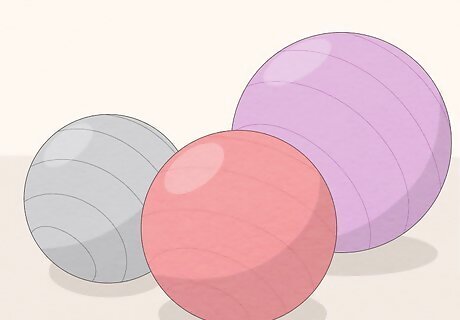
Choose an exercise ball size that correctly matches your height. Sit upright on your exercise ball and ensure that both of your feet are flat on the floor. As you sit, check that your knees can comfortably bend at a 90-degree angle—this will help you get the most out of your exercise ball workout. If you’re on the market for a new exercise ball, experts suggest the following guidelines: If your height falls somewhere between 61 in (155 cm) and 67 in (170 cm), pick out a 55 cm (22 in) ball for your workouts. If your height is somewhere between 68 in (173 cm) and 73 in (185 cm), go for a 65 cm (26 in) ball instead. A 75 cm (30 in) ball should work well if you’re at least 74 in (188 cm) tall.
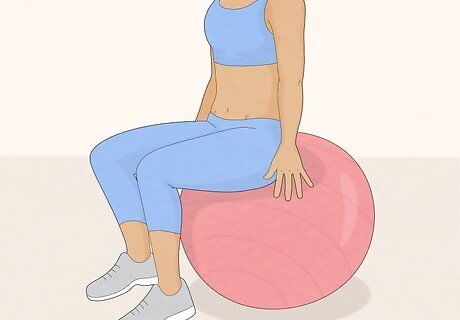
Sit on the ball with your feet touching the floor. Place your feet flat on the floor, keeping them in line with your hips. Then, bend your knees at a 90-degree angle to the floor.
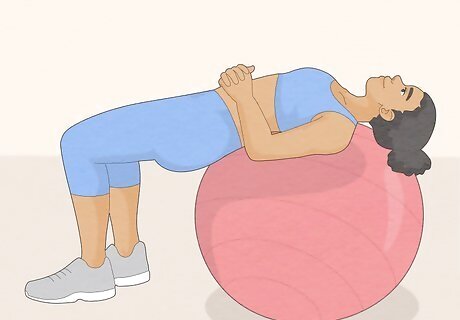
Lie down so your tailbone, back, and shoulders are touching the exercise ball. Try to keep the middle of your back along the top of the ball, with your hips resting toward the front of the ball.
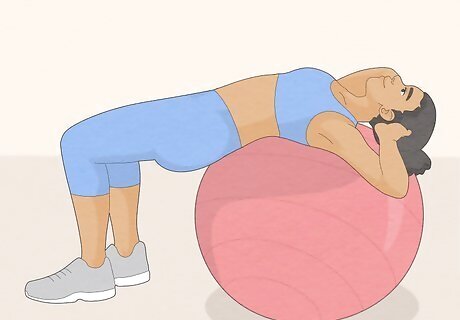
Secure both hands behind your head with both elbows pointed outward. Try to squeeze both of your shoulder blades together while tugging your elbows back. Keep your lower back straight as you do this. You can also criss-cross your arms over your chest if that’s more comfortable for you.
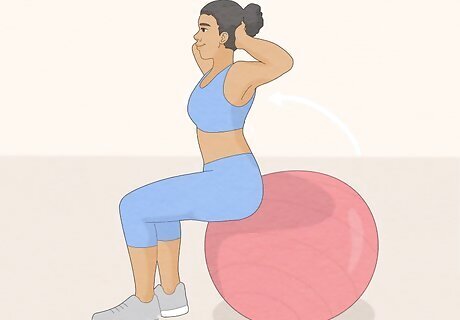
Tighten your abs and move your torso upward until your upper back is off the ball. Exhale for a moment and engage your core muscles. Point your chin toward your chest as you slowly lift your upper back off the ball. Bring your torso closer to your thighs as you lift yourself up. Then, stay in place for a couple of seconds. Try not to move your feet as you start the sit-up. Make sure that your tailbone and lower back are always touching the exercise ball.
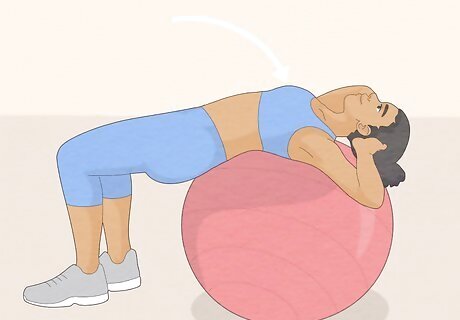
Lower yourself back down onto the exercise ball. Breathe in and gradually lie back down onto the ball. Keep your feet rigid as you go, with your lower back and tailbone continuously touching the exercise ball.
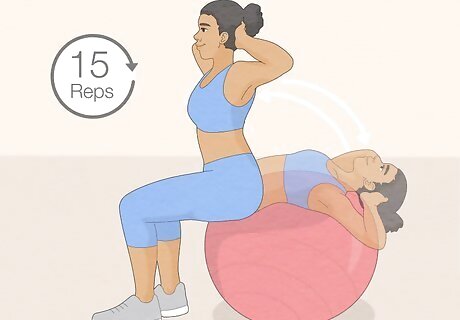
Perform a set of 5 reps and slowly work your way up to doing more. As you continue to strengthen your core, gradually work your way up to a single set of 12-15 reps. For a more intense workout, continue doing sit-ups until your core muscles feel too tired to do any more reps.
Variations
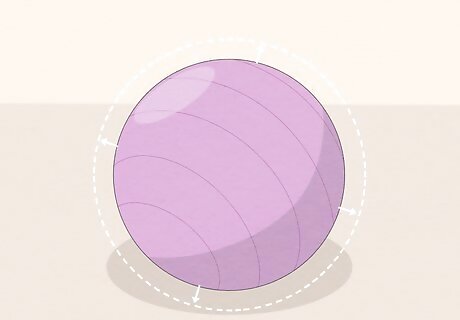
Inflate your exercise ball a little more to give yourself an extra challenge. Exercise ball routines tend to be easier when the fitness ball is deflated and offering a little “give.” To amp up the difficulty, inflate your ball all the way so it’s nice and firm. Then, proceed with your workout as usual.
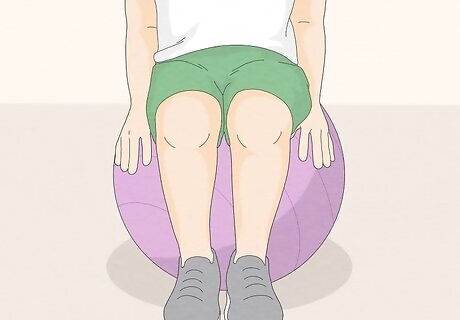
Plant your feet closer together for a balancing challenge. Traditionally, experts recommend placing your feet hip-width apart during the exercise—this makes it a lot easier to balance as you do your reps. To switch things up, place your feet a little closer together, which makes it tougher to balance as you complete each sit-up.
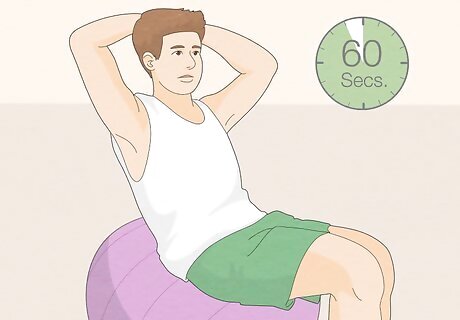
Do as many reps as you possibly can for 60 seconds. Looking for an extra challenge? If the default rep suggestion just isn’t doing it for you, try a time-based exercise instead. Set a timer for 1 minute and do as many reps as you possibly can.




















Comments
0 comment